How Capacitive Touchscreens Work: Everything You Need to Know
News
Aug-15-2025
What is a Capacitive Touchscreen?
Capacitive touchscreen is the one that involves the interaction of the electrical demeanor of a human body with the touchscreen. In contrast to resistive technology, in which everybody uses force, capacitive screens have been used with electrostatic screens and changes in capacitance. The result? It is more sensitive and multi-touch, and has high optical clarity.
Touchscreen Capacitive Principle of Working
How capacitive touchscreens work? A transparent conductive film is normally applied on each screen; this film is normally Indium tin oxide (ITO). When your finger comes into contact with the screen, you alter the electrostatic field to alter the capacitance where you contact it. The technique which was employed is the fact that this negligible difference is detected by the touch controller IC, which responds with signal processing and mapping to the screen.
Elements Involved
The next thing to tick off in what amounts to a capacitive touchscreen is:
1. Amplified Conducting Layer
This is typically made of ITO, and it is permeable to transparent and conductive.
2. Glass Substrate
This is a thick glass shell, and it is transparent.
3. Capacitive Sensing Grid
The sensing matrix is an aggregate of a fine mesh of electrodes.
4. Touch Controller Chip
It has a small brain that disintegrates signals to coordinates.
5. Dielectric Material
Stops off surplus conduction and aids in localizing the active areas.
Electrostatic Detection Principle
The mechanism of operation of a capacitive touchscreen is quite interesting, and the technique is referred to as the electrostatic field distortion. In case of the use of a finger (a natural conductor), it can pull small electricity to the screen. The disturbance of the uniform electric field on the screen, which can be measured, is created due to the difference in the scattering; it is the scattering that forms on the screen.
This switching is done extremely fast, in a millisecond, and the processed information that has not undergone alteration is used by the integrated circuitry in the system. There are two common modes of detection.
- Self-Capacitance
In the given case, the two electrodes do not interact with each other. It is fantastic when something can be done just through a simple touch, which is finding out only a single touch; hence, it is just perfectly superb when it comes to the simplest things and the minimum navigation is concerned.
- In Capacitance, Coupled to Each Other in Case of All of Them
Here, a grid of electrodes comes in, and they operate in pairs. This one is capable of accepting many contaminants in combination and hence can be used by pinch, zoom, swipe, and other superior quality movements. The approach is more accurate and more typical of a phone and a tablet.
Capacitive Touchscreens Use a Finger on the Screen to Control Them
1. Idle State- The touchscreen is in a state where all the nodes on the touchscreen have identical electrostatic fields.
2. Touch Event- This is a region that is covered by the finger, fragmenting this region
3. Such a reduction is known to be a signal of change that leads to capacitance change.
4. The touchscreen controller will be able to detect this variation
5. A chip (IC) will be involved in the determination of the positions (correct X and Y).
6. The system dictates what goes into the real-time action, such as the start-up of an application or writing a text.
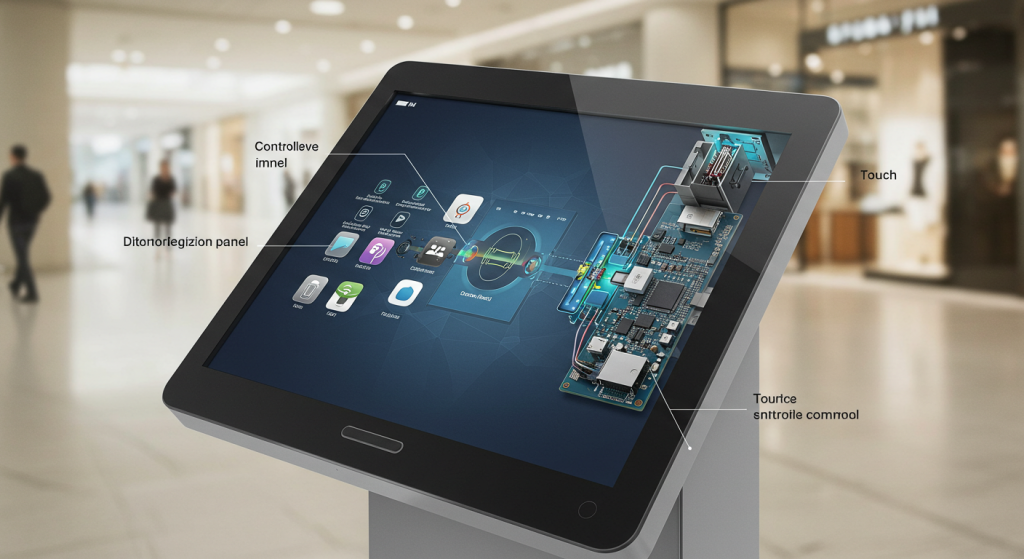
Why Do We Like Capacitive Screens so Much?
Capacitive touchscreen has become an all-time favorite when it comes to consumer electronics, industrial screens, and SmartScreen devices, and this is a good thing about this technology. These are touch screens that work and can be abused, and also look very good with the interface itself. This is the case because the reason why they are everywhere is explained as follows:
- Excellent Responsiveness
The capacitive touchscreen is enabled without any pressure application needed to respond in real time, as is the case in resistive screens, even with the lightest touch. It does not have to look like it requires pressure; a simple tap or swipe will suffice.
- Multi-Touch Functionality
The capacitive screens can count the number of fingers simultaneously. This enables more advanced gestures like pinch-to-zoom, rotation, and swiping with multiple fingers, which is vital to games and the corporate world.
- Scratch Protection
Due to the protective glass and anti-scratch coating, Capacitive displays are much more resistant to scratches and, as a result, are compatible to be subjected to regular use.
- Longer Life Span
This is also actually the case, as there are fewer moving parts or mechanics behind the screen system, and therefore a longer life span as compared to capacitive panels.
- Contemporary Look / Feel:
Smooth, glossy, and very touchy Capacitive screens offer a high-quality feel and touch and are very suitable in smartphones, Tablets, Kiosks, and Smart homes.
Be it in aspects of ease, precision, and endurance, capacitive technology has just done that to assume the prime position in terms of the innovation of touch screens. Besides its being popular, it is also essential to a modern smart interface.
Industrial Uses
- Tablets and Smartphones
The type that is most commonly utilized in the mobile industry is a capacitive touchscreen because it is involved with high speed and high accuracy.
- Automobile Displays
Incorporated in the dashboard and infotainment systems as digitalized. It is highly powerful, and it is simple to work with.
- Medical Devices
Medical-grade capacitive sensors must also be sterile versions with sterile contactless interaction possible.
- Industrial Control Panels
The fabric can be employed on a dusty or wet surface and will not be harmful.
- Wearable Tech
Smartwatches and fitness bands are capacitive devices that should necessarily be controlled with a series of gestures, therefore making them compact.
Technical Benefits
- High Resolution Sensing
- Processing of the Inputs in Real Time
- The Touch, Accuracy, and Precision
- Low Latency
- IoT-Power-Efficient
- The latter also turns it into a great embedded touchscreen control, a human-machine interface (HMI).
Conclusion
The understanding capacitive touchscreen-based interface provides a person with imagery of interactive technology that is being played out in the smart devices in the contemporary world. Capacitive touchscreen is very precise, fast, and has a very good life history of operation, either in smartphone and tablet form or industrial uses such as the control panel. Whether you are worried about smart homes or sophisticated electronics, here you know how capacitive touchscreens work, and you will be in a position to keep up with the touch-enabled world from WANTY.
Related Topics
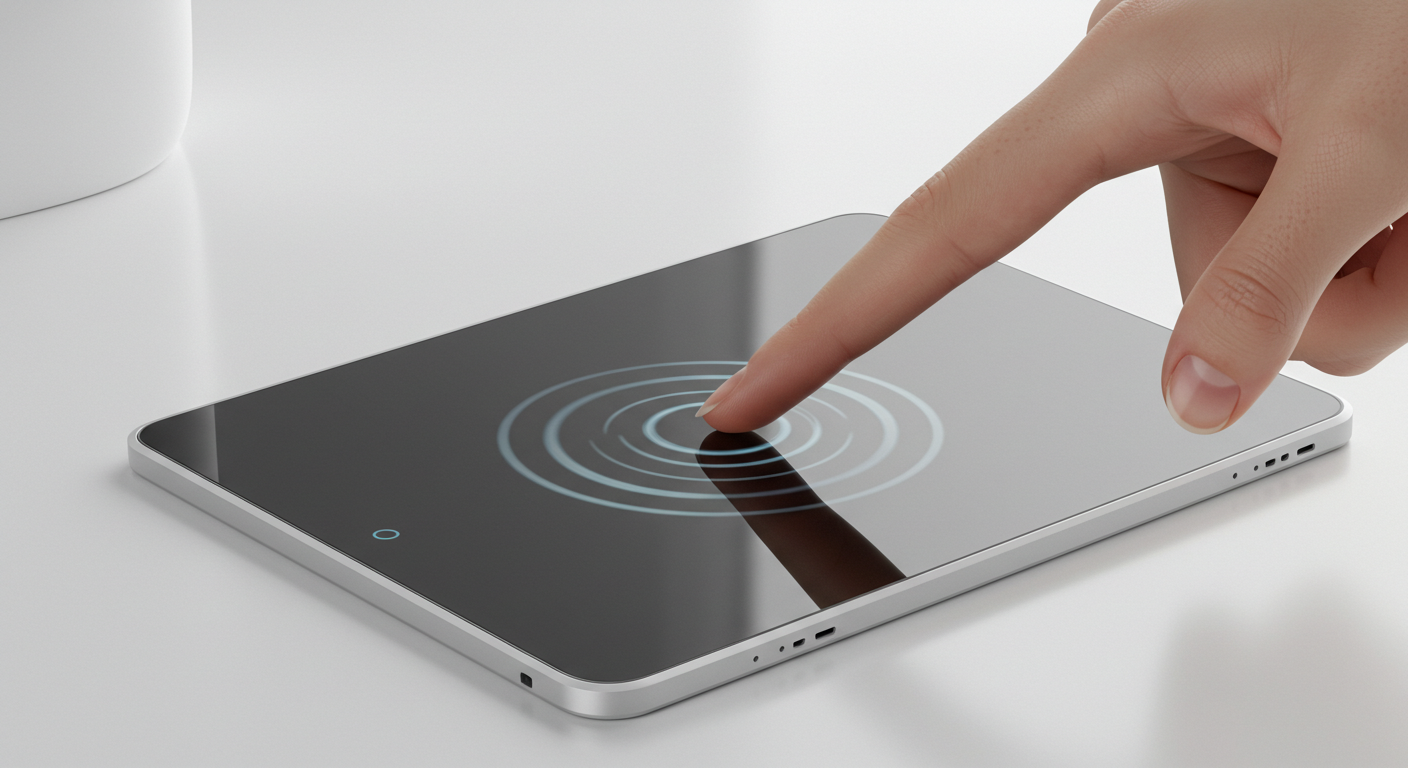
Capacitive Touch Integrated Touchscreen: 2025 Technology
Aug-25-2025
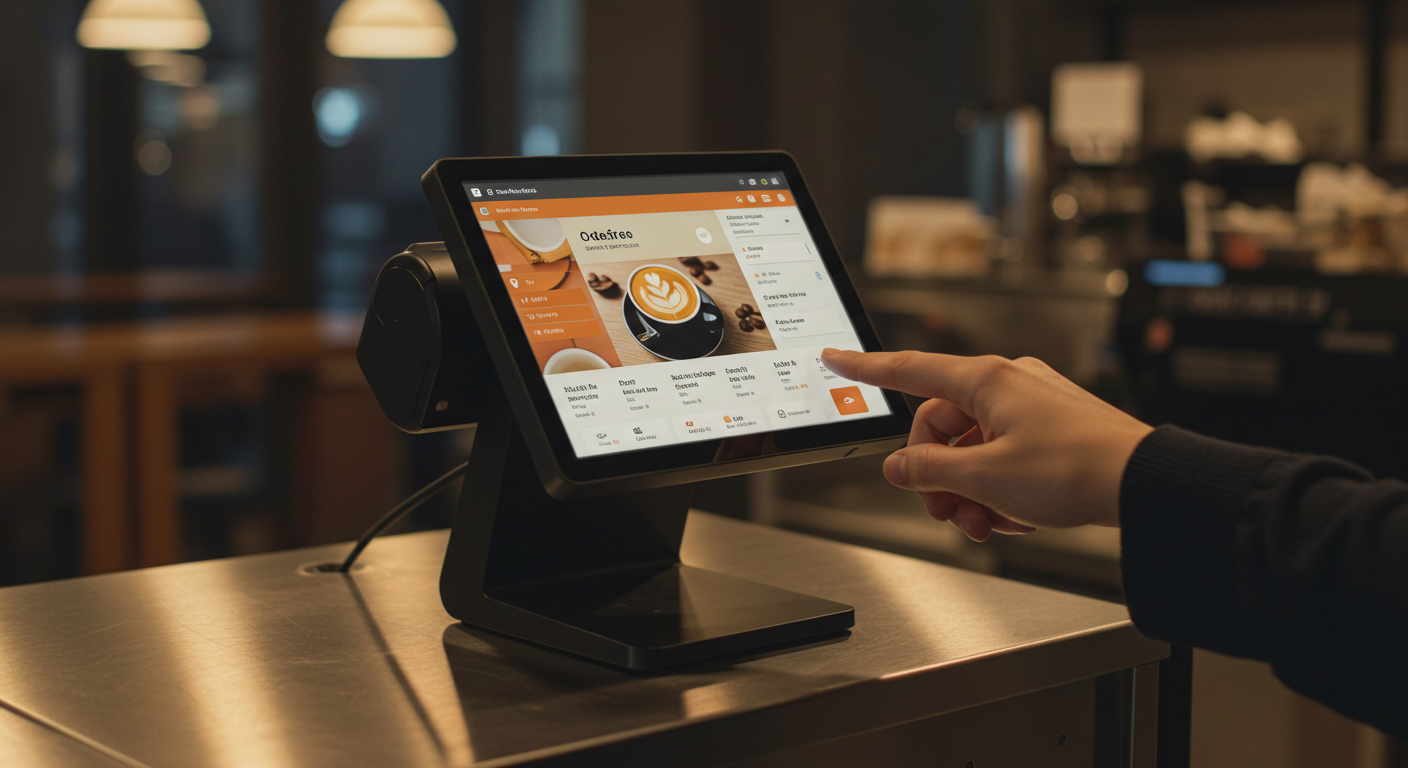
Capacitive Touch Screen POS Terminal – Next-Gen Solutions
Aug-25-2025
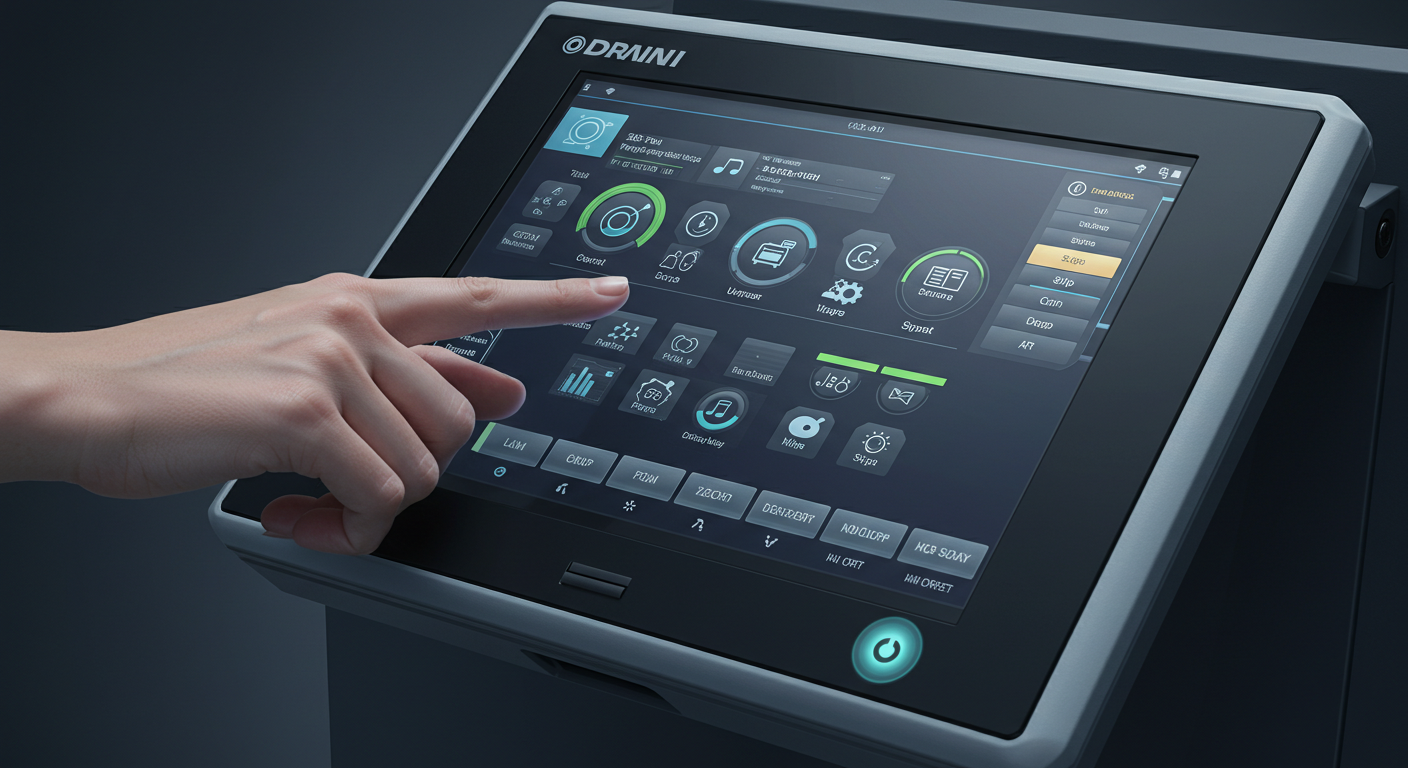
Capacitive Touch HMI Interface | Durable & Ergonomic Control
Aug-24-2025
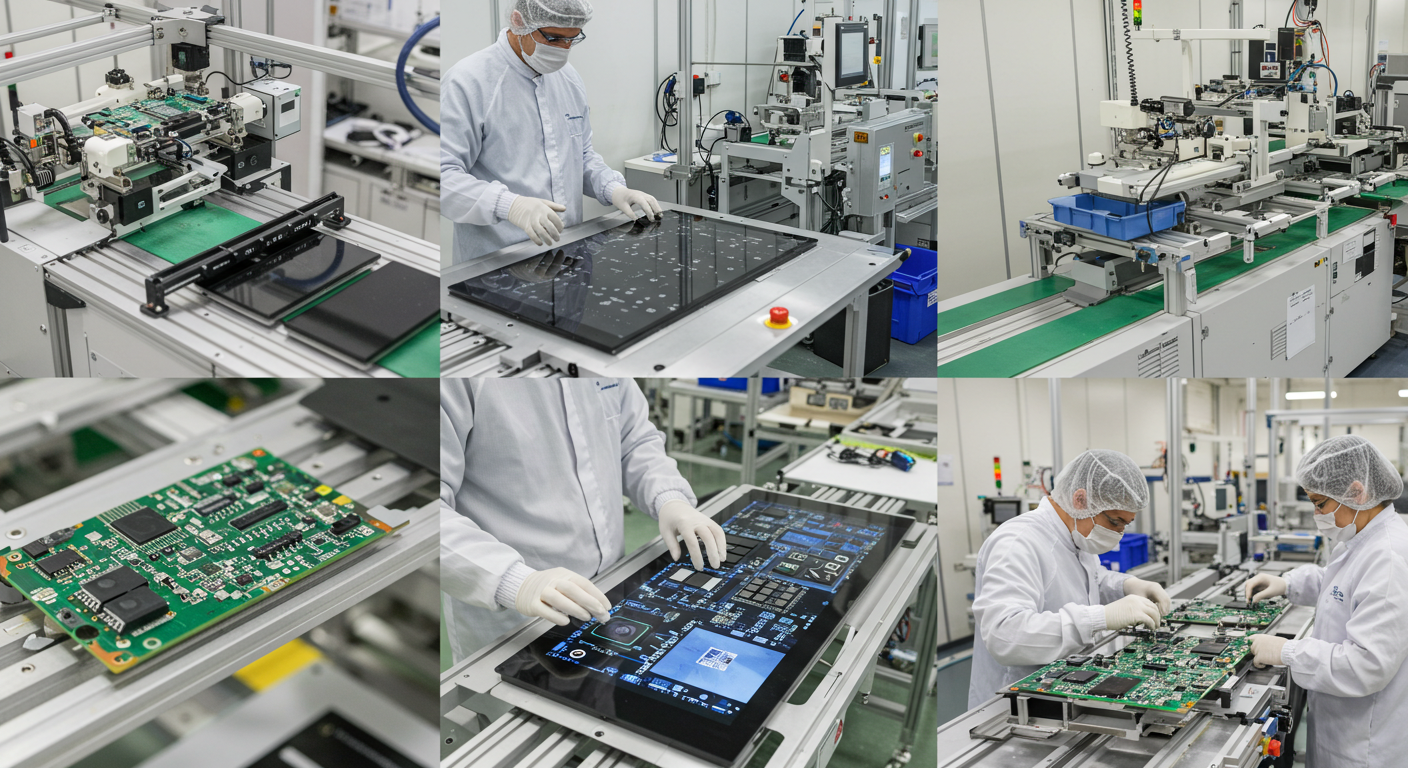
Capacitive Panel OEM Manufacturers – Custom Touchscreen Solutions
Aug-24-2025
Get a Free Quote
✔ 16 Years Manufacture Service ★★★★★
✔ 3 Technical Experts And 52+ Project Engineers Will Assiste You
✔ Wanty Employs Over 52 Engineers, Many Of Whom Come From Leading Tft Lcd Module Companies Such As Tianma And Boe-Varitronix. Each Core Team Member Brings 15 Years Of Industry Experience.
✔ If you would like more information about our products and services, please contact us. Whether you need a standard solution or a customized one, we are here to meet your needs.
✔ Please complete the form below, and the selected location will contact you promptly. Thank you for visiting, and have a great day!
